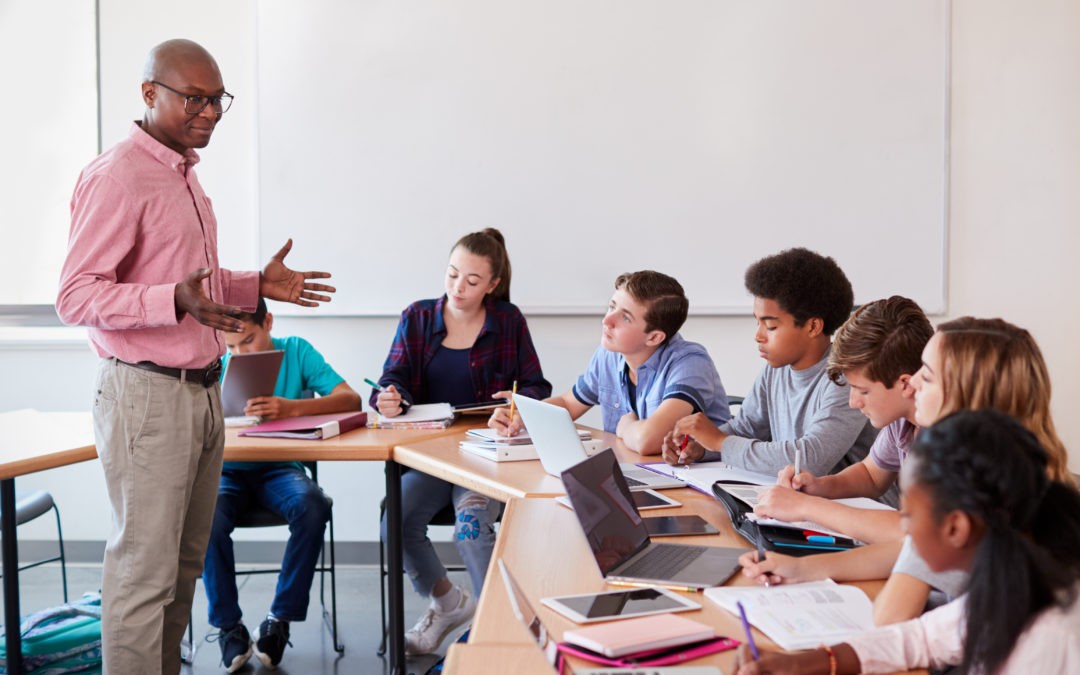In the ever-evolving landscape of education, the traditional methods of teaching are undergoing a profound transformation. The one-size-fits-all approach and the passive dissemination of information are giving way to innovative and pioneering methods that engage students, foster critical thinking, and prepare them for the challenges of the future. This blog explores the limitations of conventional teaching, the rise of pioneering approaches, their benefits, practical examples, challenges, and the exciting trends shaping the future of education.
Section 1: The Limitations of Traditional Teaching Methods
While traditional lecture-based teaching has been the backbone of education for centuries, it’s becoming evident that this approach has limitations in today’s dynamic learning environment. Students often find it challenging to stay engaged during lengthy lectures, leading to passive learning and reduced retention. Moreover, the diversity of learning styles and paces within a classroom makes the one-size-fits-all model ineffective.
Section 2: The Rise of Pioneering Approaches
Recognizing these limitations, educators and institutions are pioneering new approaches to teaching and learning. This movement is facilitated by the integration of technology into education, enabling interactive and personalized learning experiences. These innovative methods empower students to take an active role in their education and provide educators with new tools to facilitate learning.
Section 3: Benefits of Pioneering Approaches
The benefits of pioneering approaches are profound. By shifting from passive absorption to active participation, students become more engaged and invested in their learning journey. Personalized approaches cater to individual learning styles, enhancing comprehension and knowledge retention. Moreover, these methods nurture crucial skills such as critical thinking, problem-solving, and creativity, equipping students for success in a rapidly changing world.
Section 4: Pioneering Approaches in Practice
Case study 1: Flipped Classroom Model
In the flipped classroom model, traditional teaching is reversed: students learn foundational concepts at home through videos or readings, allowing classroom time for interactive discussions and collaborative activities. This approach encourages deeper understanding and peer-to-peer learning.
Case study 2: Project-Based Learning
Project-based learning immerses students in real-world challenges, encouraging them to research, collaborate, and innovate to find solutions. This approach fosters teamwork, communication skills, and a sense of accomplishment through the completion of tangible projects.
Case study 3: Gamification and Interactive Learning
Gamification injects elements of gaming into education, making learning enjoyable and motivating. Interactive quizzes, virtual simulations, and leaderboards create an engaging learning environment that incentivizes progress and achievement.
Section 5: Overcoming Challenges and Implementation Hurdles
While the benefits are clear, the implementation of pioneering approaches isn’t without challenges. Integrating technology can be daunting, and teacher training is crucial to ensure effective use. Additionally, finding innovative ways to assess student progress and understanding can be complex but rewarding in the long run.
Section 6: Future Implications and Trends
As we look ahead, the education landscape is poised for even more significant transformations. Artificial intelligence and machine learning will personalize learning further, adapting content to individual needs. Virtual reality will transport students to immersive learning environments. The concept of lifelong learning will become central as the pace of change accelerates.
Conclusion
Embracing pioneering approaches to teaching and learning holds the key to unlocking the full potential of education. By breaking away from traditional norms, educators can foster active, engaged, and empowered learners. As we navigate the future, it’s imperative that we adapt, experiment, and stay open to the dynamic shifts in education. Together, we can ensure that our students are prepared not just for today, but for the challenges and opportunities of tomorrow.

